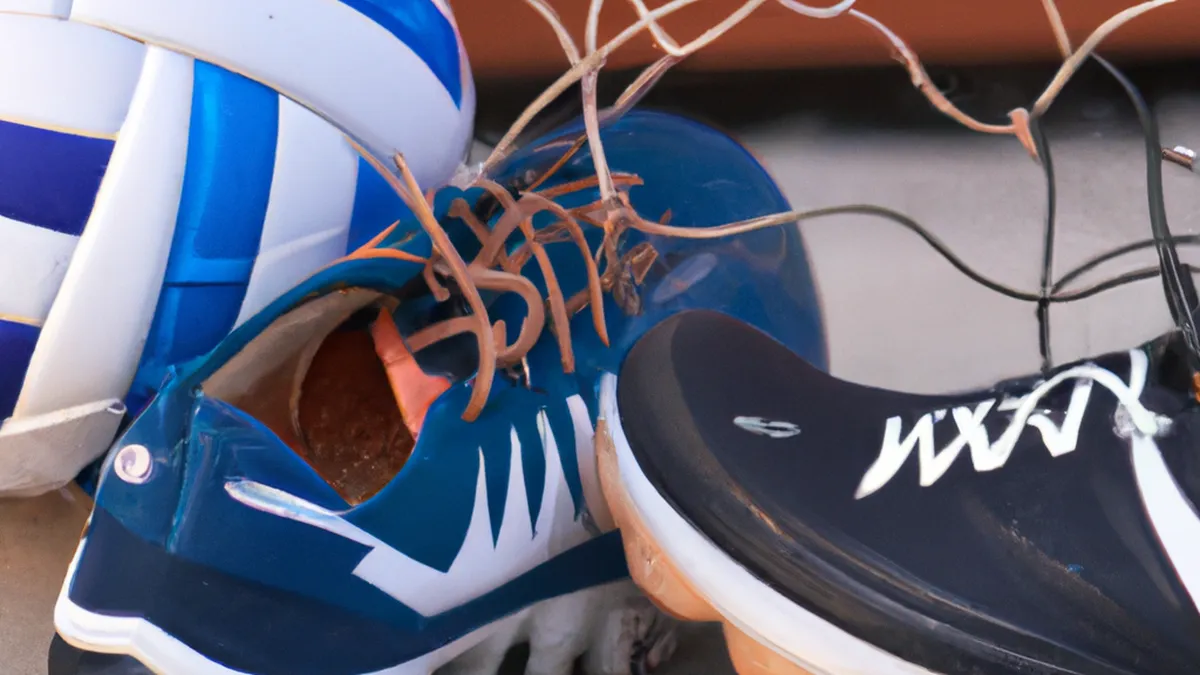Build a Training Manual for Balance Techniques
How to Develop a Training Manual for Paddleboard Balance Techniques
Paddleboarding offers adventure, fitness, and relaxation. Mastering balance on a paddleboard is essential for success. Create a comprehensive training manual to assist beginners and advanced paddlers. This guide details developing a training manual focused on balance techniques.
Understanding the Basics of Paddleboard Balance
Understanding the fundamentals of balance on a paddleboard is crucial. Balancing involves maintaining an upright position on the board. This requires core strength, stability, and body awareness.
Identify Key Balance Techniques
Identify key techniques for effective paddleboard balance. Consider these techniques:
1. **Stance**: Position your feet shoulder-width apart for stability. Distribute your weight evenly between both feet.
2. **Core Engagement**: Activate your core muscles to stabilize your body. A strong core helps you respond to the board’s movements.
3. **Focus**: Direct your gaze forward, not down at the board. Keeping your head up maintains alignment and balance.
4. **Weight Distribution**: Learn to shift your weight smoothly between feet. Practice weight shifts while stationary to prepare for dynamic movements.
Include Drills and Exercises
Incorporate various drills to enhance these techniques. Consider these effective exercises:
– **Static Balance Drills**: Practice standing still on the board. Challenge yourself to maintain balance for 30 seconds to a minute.
– **Dynamic Balance Drills**: Move your feet while paddling. Shift your weight side to side or step forward and back to improve balance.
– **Core Strengthening Exercises**: Engage in exercises like planks, sit-ups, and Russian twists. A strong core improves your balance and stability on the board.
Structure Your Training Manual
Now, structure your training manual. A well-organized manual enhances learning and simplifies following.
Create a Clear Format
Use a consistent format throughout the manual. Start with an introduction explaining balance’s importance in paddleboarding. Break down techniques and drills into clearly defined sections. Consider this structure:
– **Section One: Introduction to Balance Techniques**
– **Section Two: Key Techniques Explained**
– **Section Three: Drills and Exercises**
– **Section Four: Progress Tracking**
Write Clear Instructions
Use clear and concise language when detailing techniques and exercises. Avoid jargon that may confuse beginners.
Conclusion
Summarize key insights shared throughout the manual.
Below are related products based on this post:
FAQ
What are the essential techniques for maintaining balance on a paddleboard?
Essential techniques for maintaining balance on a paddleboard include proper stance, core engagement, focus, and weight distribution. Position your feet shoulder-width apart, engage your core muscles, keep your gaze forward, and practice shifting your weight smoothly between both feet.
What types of drills can I incorporate to improve my paddleboard balance?
To improve your paddleboard balance, you can incorporate static balance drills, dynamic balance drills, and core strengthening exercises. Static drills involve standing still on the board, while dynamic drills include moving your feet and shifting your weight. Core exercises such as planks and sit-ups also contribute to better balance and stability.
How should I structure my training manual for paddleboard balance techniques?
Your training manual should have a clear format that enhances learning. Consider structuring it into sections such as an introduction to balance techniques, explanations of key techniques, a section on drills and exercises, and a progress tracking area. Use clear and concise language to ensure the instructions are easy to follow for beginners.















Post Comment